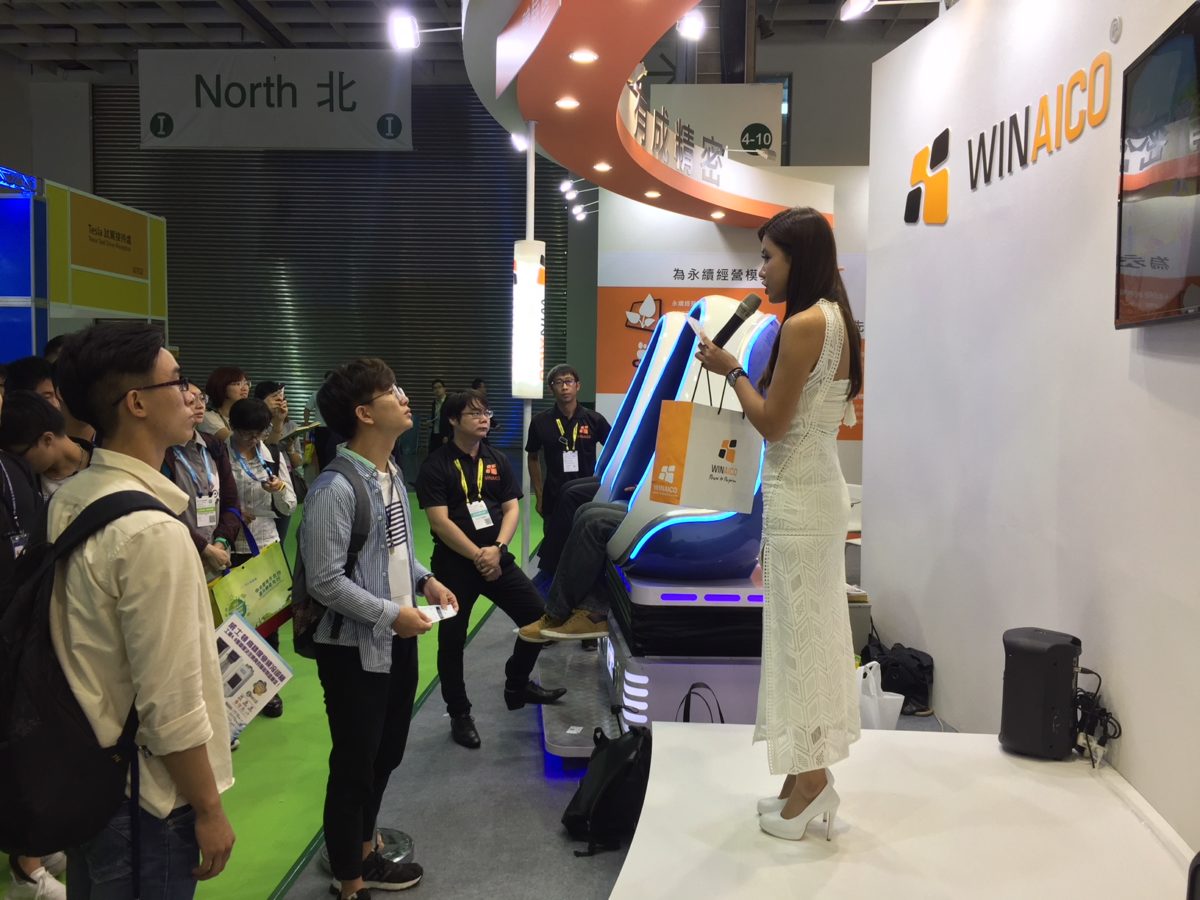While better known for its cell manufacturers, Taiwan’s niche module maker Winaico is leading the way in bringing HJT technology to Australian consumers. The company’s 325 W HJT modules are scheduled be introduced to in Q2 2018, with its Aussie installers set to be some of the first globally to be supplied with the product.
HJT cells and modules are a premium product, but Winaico’s global VP of sales Sascha Rossmann told pv magazine that as manufacturing capacity builds, HJT is becoming increasingly competitive.
“The cost is manageable,” said Rossmann. “So certainly, the price will be higher, but when you compare it to how much more power you gain, which will be roughly 10% more on the same space, that is quite significant.”
HJT cell technology involves sandwiching a n-type crystalline silicon wafer in two layers of amorphous silicon crystalline PV – one intrinsic, the other doped. While hardly a new concept, Sanyo has been producing HJT since 1992, with Panasonic acquiring the technology, and it is becoming more common in the marketplace. Panasonic’s HJT patent expired in 2010, allowing a raft of PV production equipment suppliers and in turn manufacturers to adopt the technology.
Alongside the cell production, the assembly of HJT modules also involves some specialized processes and materials, reports Rossmann. Due to HJT cells’ sensitivity to moisture, backsheet material and encapsulation approaches must be adjusted.
“Generally speaking n-type [crystalline silicon PV] has a better temperature coefficient than p-type based wafers, cells or modules,” said Rossmann. “So, the performance versus a traditional module on a par-to-par basis is about 6 – 8% more in hot climates.”
“It is very reasonable to expect at least 7% more performance in hot climates like central Australia and generally in northern Australia,” said Rossmann.
While Winaico only operates a relatively small 150 MW of module line, it has established a presence and brand awareness in rooftop PV markets in Europe and Australia. The company reports that the company is shipping around 1.5 MW per month to Australia, capturing approximately 4% of rooftop market share.
“We have always pursued the same strategy, to support a lot of local subcontractors, installers and electricians, in the different regions,” said Rossmann. “We have warehouses all across the country, from West Australia, to Alice Springs, Queensland, New South Wales and Victoria. This means that availability is always given for installers.”
High efficiency products, such as the new HJT module, helps installers differentiate their offering to customers, says the Winaico sales chief. While many module makers chose to supply the Australia market via distributor channels, Winaico serves installers through direct sales.
This content is protected by copyright and may not be reused. If you want to cooperate with us and would like to reuse some of our content, please contact: editors@pv-magazine.com.









By submitting this form you agree to pv magazine using your data for the purposes of publishing your comment.
Your personal data will only be disclosed or otherwise transmitted to third parties for the purposes of spam filtering or if this is necessary for technical maintenance of the website. Any other transfer to third parties will not take place unless this is justified on the basis of applicable data protection regulations or if pv magazine is legally obliged to do so.
You may revoke this consent at any time with effect for the future, in which case your personal data will be deleted immediately. Otherwise, your data will be deleted if pv magazine has processed your request or the purpose of data storage is fulfilled.
Further information on data privacy can be found in our Data Protection Policy.